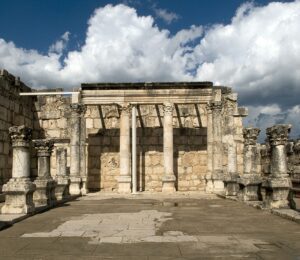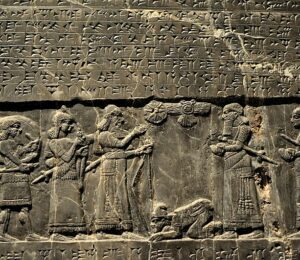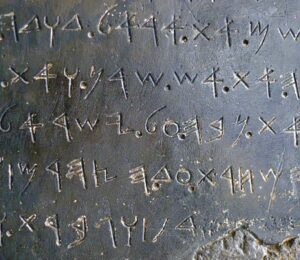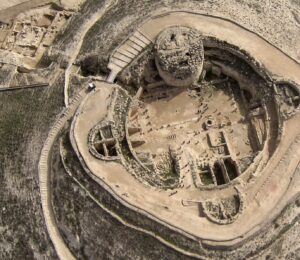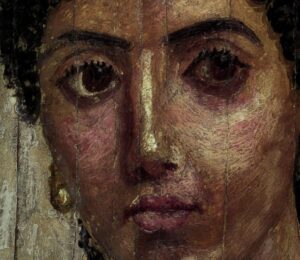Capernaum Synagogue
The Capernaum Synagogue Finding an ancient synagogue in the Holy Land would seem to be unimportant – trival even. We know from Scripture as well as from ancient records that Jews would congregate in a synagogue on the Sabbath. There were multiple reasons for meeting in a synagogue, perhaps the most important of which would be to worship God and keep the Sabbath holy – set apart as being different from other days. Synagogues are not specifically mentioned in the Old Testament but are thought to have started after return from the Jewish Babylonian exile as a place for men… Read More »

